Istrian Cheese Wins Second Place at World Championship Cheese Contest in the US
March 7th, 2022 - Pegula cheese made by Vesna Loborika from Istria took home silver in the category of hard mixed milk cheeses aged less than 6 months
Vesna Loborika, a cheese producer based in Istria, saw great success at the recently held World Championship Cheese Contest in Wisconsin, US.
Their cheese Pegula took second place in the category of hard mixed milk cheeses aged less than 6 months, while the cheese Rici ranked seventh in its category.
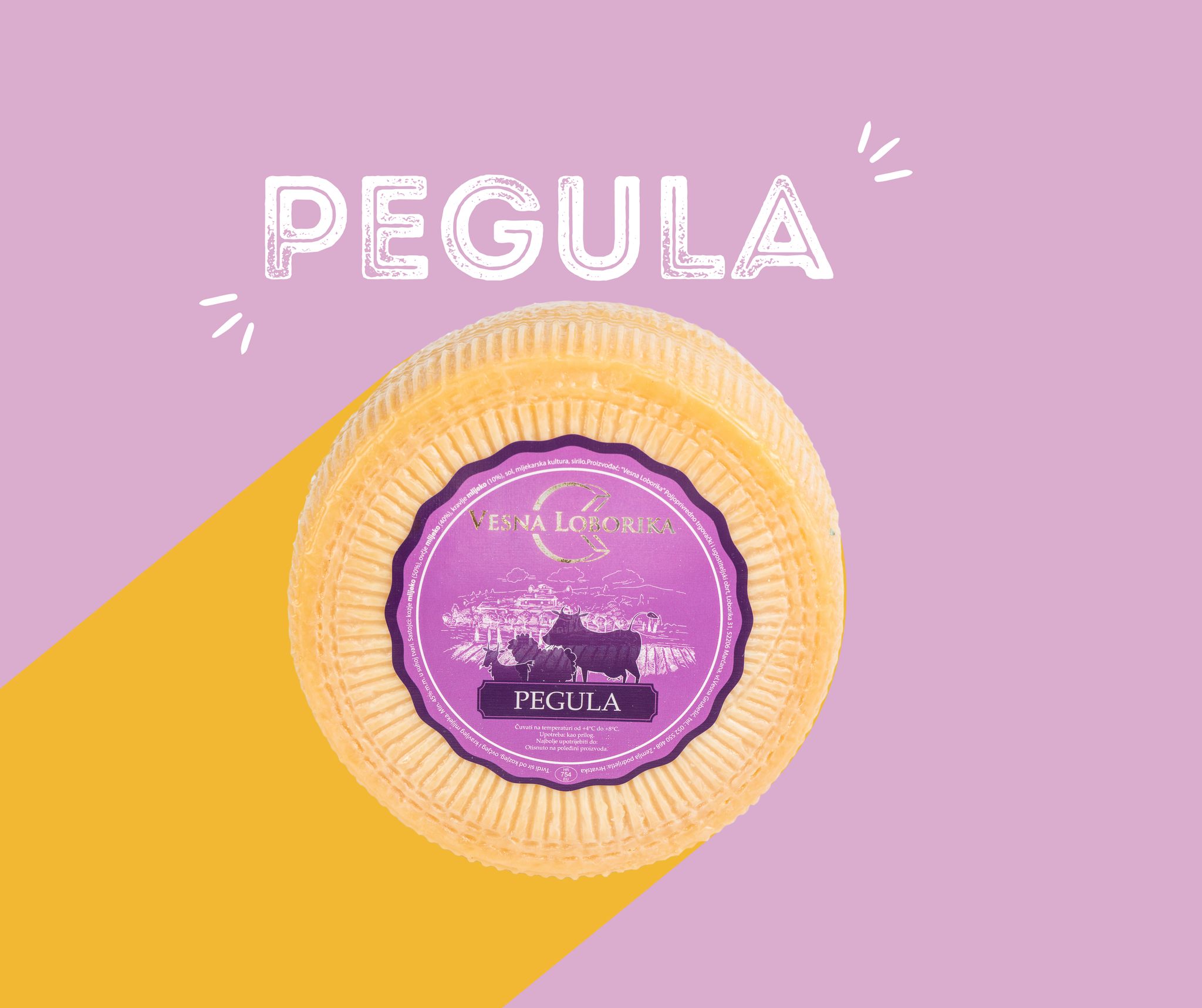 Vesna Loborika Facebook
Vesna Loborika Facebook
The World Championship Cheese Contest is the world’s leading technical cheese, butter, and yogurt competition. It has been hosted by the Wisconsin Cheese Makers Association every two years since 1957.
A panel of skilled technical judges from all over the world evaluates the entries. Starting from a maximum possible 100 points, deductions are made for various defects found by each judge. Defects are noted in the areas of flavour, body, texture, salt, colour, finish, packaging, and other relevant attributes.
Three highest-scoring entries in each class are awarded gold, silver and bronze medals.
Pegula won 98.5 points out of the possible 100, second only to Shooting Star Creamery from California that placed first with 99.35 points.
‘We’re extremely proud that Pegula won second place, and Rici seventh place in their respective categories at the renowned World Championship Cheese Contest in Wisconsin, USA. This contest is the most reputable technical evaluation of cheese and butter, and our Pegula is the only Croatian cheese to score a place at the prestigious podium’, stated Vesna Loborika on Facebook.
Officially founded in 1997, Vesna Loborika is run by the Grubišić family from Loborika, a village near Pula in Istria. Apart from cheeses, they also produce butter and cheese curd.
A full list of results is posted on the pages of the World Championship Cheese Contest.
Cheese and Wine Festival Held in Valpovo
On Saturday, May 11, the second cheese and wine festival took place in Valpovo. The festival venue, as last year, was Valpovo’s medieval-baroque complex of the Prandau-Normann castle. There are a number of events dedicated to wine being held, but this event is unique because it puts the emphasis on both the wine and the cheese, as well as on how to pair the two. Some of the best wine and cheese producers from Slavonia, Baranja and Srijem took part.
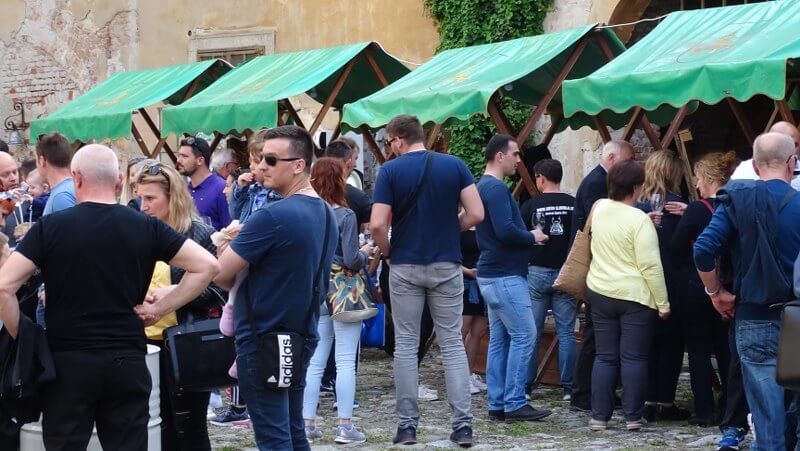
With the exception of the Podolski winery from Križevci, all the other wineries were from the Danube region, and it can be said that the Danube is the link which connects them all. Although it is not perceived as such by the public, Valpovo could be said to be located in the Danube region. Namely, the only suburb of Valpovo situated on the Drava river is located 42 kilometres from the point when the Drava meets the Danube River.
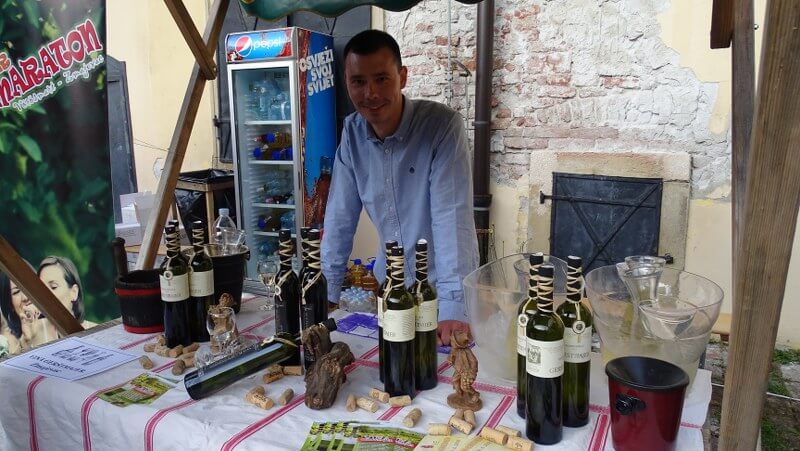
The Baranja wine area was presented by wineries Gerštmajer, Josić, Kolar, Kalazić, Svijetli Dvori, Szabo and Zajec. The Gerštmajer winery was represented by Ivan Gerštamjer Zelember, the fifth generation of the Gerštmajer wine dynasty from Baranja. Their wines are already well-known to everyone; for most connoisseurs, they represent the essence of traditional, original Baranja wine-making.
The other winemakers from the Baranja area were represented by the head of the Baranya Julia wine shop from Zmajevac, Gabriella Gerštmajer, who is also the vice-president of the Surduk association, organiser of legendary events in Zmajevac such as the Wine Marathon.
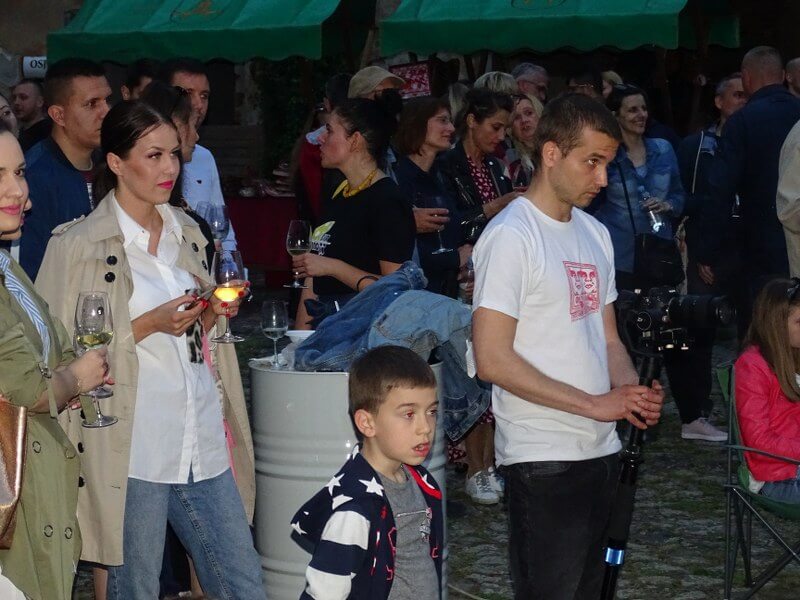
The Josić winery also comes from the Baranja wine capital Zmajevac. In addition to their wines, also highly acclaimed is the Josić winery’s restaurant, where their wines are served and paired with Baranja delicacies. Recently they decided to rebrand the visual identity of their wines, but the quality has remained at an exceptional level.
The Kolar winery comes from Suza, a town connected to Zmajevac and through which you must pass if you are coming to the wine capital from the direction of Kneževi Vinogradi. The Kalazić winery is on the road that runs from Zmajevac to Batina. Svijetli Dvori and Szabo wineries can be found in the Karanac ethno-village. All Baranja wineries presented at the festival came from the Kneževi Vinogradi municipality, which is just one of nine local self-government units in Baranja.
The Erdut wine area is located to the southeast of Baranja. This area geographically belongs to Slavonia, and it was represented by wineries Danubio, Iuris, Magistra and Siber. The Ilok wine area was represented by the Buhač, Papak and TRS wineries.
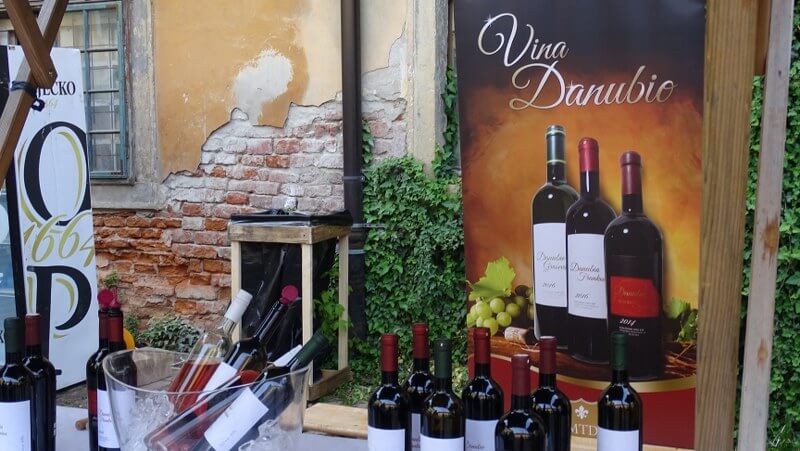
The cheese producers who came to the festival were family farms Geto from Lug, Glavaš from Bizovac, Gašić from Beketinci, Đurković from Marjančaci, Lehki from Gat, Pranjić from Drenovci and Mala Mljekara from Valpovo.
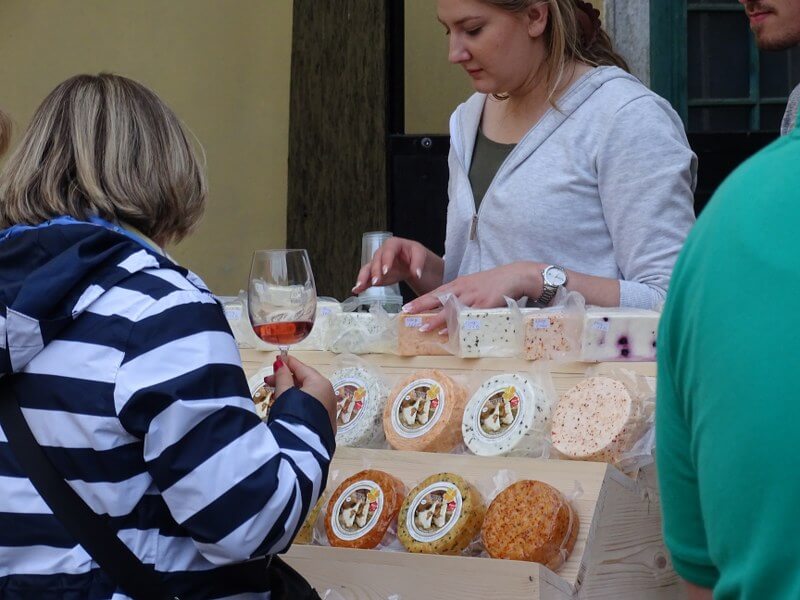
The Golubov family farm from Draž presented its elderberry juice, while family farms Brkić and Kraljik showed their cured meat products. The Horvat family farm from Duboševica prepared homemade pasta with poppy seeds and walnuts.
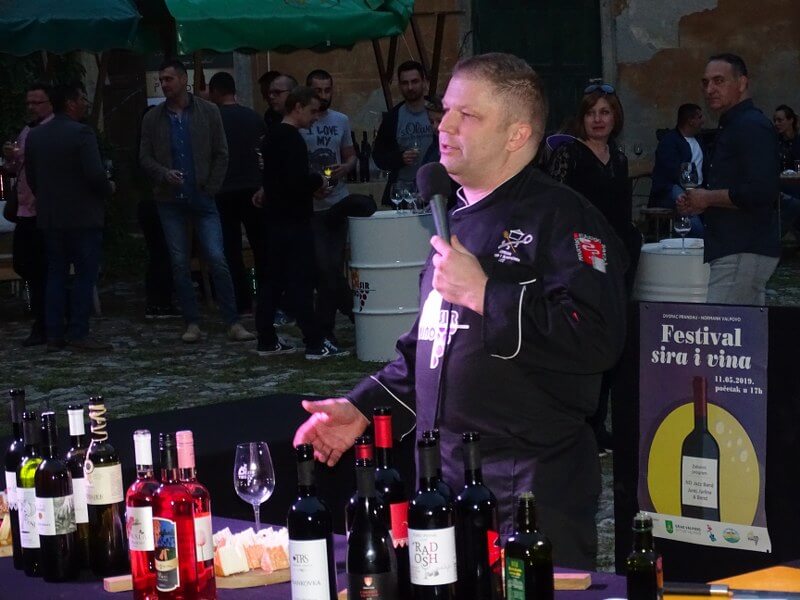
The highlight of the festival was the pairing of cheeses and wines, led by Tomica Đukić, the chef of the Osijek Hotel restaurant and the chief cook of the Croatian national football team.
More wine news can be found in the Lifestyle section.
Best among Croatian Cheeses Promoted at "SirCroFest" Fair
ZAGREB, November 2, 2018 - A two-day exhibition of traditional Croatian cheeses began in Zagreb on Friday, and over 290 types of the dairy product were put on display at the "International" hotel today, while they will be exhibited in the city's main square on Saturday.
The fourth edition of the festival called "SirCroFest" was organised by the association of small dairies of Croatia and the Croatian agricultural and forestry consulting service with the aim of promoting traditional cheeses and family-run farms and dairies in the country,
The chairwoman of the association of small cheese-makers in Zagreb County said that recently more and more milk farms started to turn to cheese production.
In February this year, it was reported that there were 6,000 active milk producers in Croatia and that last year a drastic drop in production was stopped so that sector now expects measures to revitalise cattle farming.
Even though in the last few months of 2017, there was an increase in milk production on the year, total production for the entire year was about 2% less than in 2016.
DZS: Cattle and goat farming on decline, while pig and sheep breeding rises in 2017
In Croatia, cattle and goat breeding as well as the production of cow's milk and eggs decreased last year, whereas pig and sheep breeding as well as the production of sheep and goat milk and wool increased, according to figures released by the national statistical office (DZS) in June this year.
Thus, cattle breeding went down by 3.2% while, on the other hand, the breeding of pigs and sheep increased by 9.1% and by 5.1% respectively.
Rearing goats dropped by 35.2%, while poultry farming remained the same as in 2016.
Last year, cow's milk production decreased by 3.3% year on year to 629.5 million litres.
Sheep milk production increased by 9.6% to 8.8 million litres and goat milk went up by 5.7% to 10.4 million litres.
For more on Croatian agriculture, click here.
Istrian Small Dairies Producing Top Cheeses
Istrian cheeses can be found even at Michelin-starred restaurants.
Istrian Cheeses Win Prestigious Global Awards
The competition took place in Great Britain.
Traces of World's Oldest Cheese Found in Dalmatia
ZAGREB, September 7, 2018 - Scientists have found traces of what they believe is the world's oldest cheese, made 7,200 years ago in what is now Croatia, namely the Dalmatian coast. The discovery was made by an international team and led by researchers at The Pennsylvania State University.
Croatia’s ABC Cream Cheese Among Top Brands in Former Yugoslavia
The creamy cheese is popular in the whole region.
Cheese and Wine Festival Held at Normann Prandau Castle in Valpovo
The event brought together prominent wine and cheese producers of the Slavonia-Baranja-Srijem region.
Small Dairies Join Forces to Bring Local Cottage Cheese to Consumers
The cheese is sold at farmers’ markets in Zagreb under the ZG SIREK branding.
Some of the Best Cheeses in the World are Made on Krk
Green Bodul, coming from the island of Krk, was one of the top ten hard cheeses in the world.


